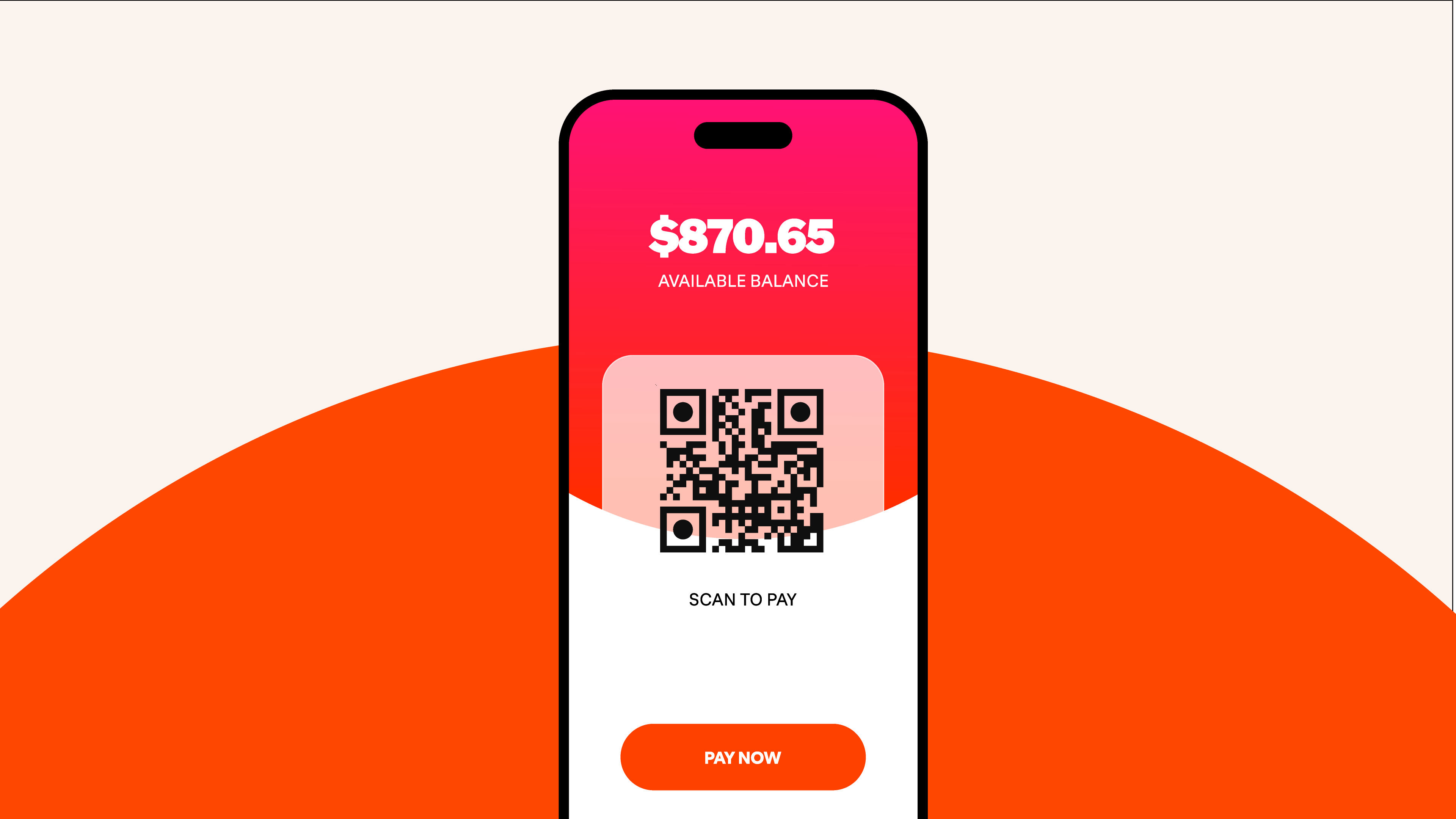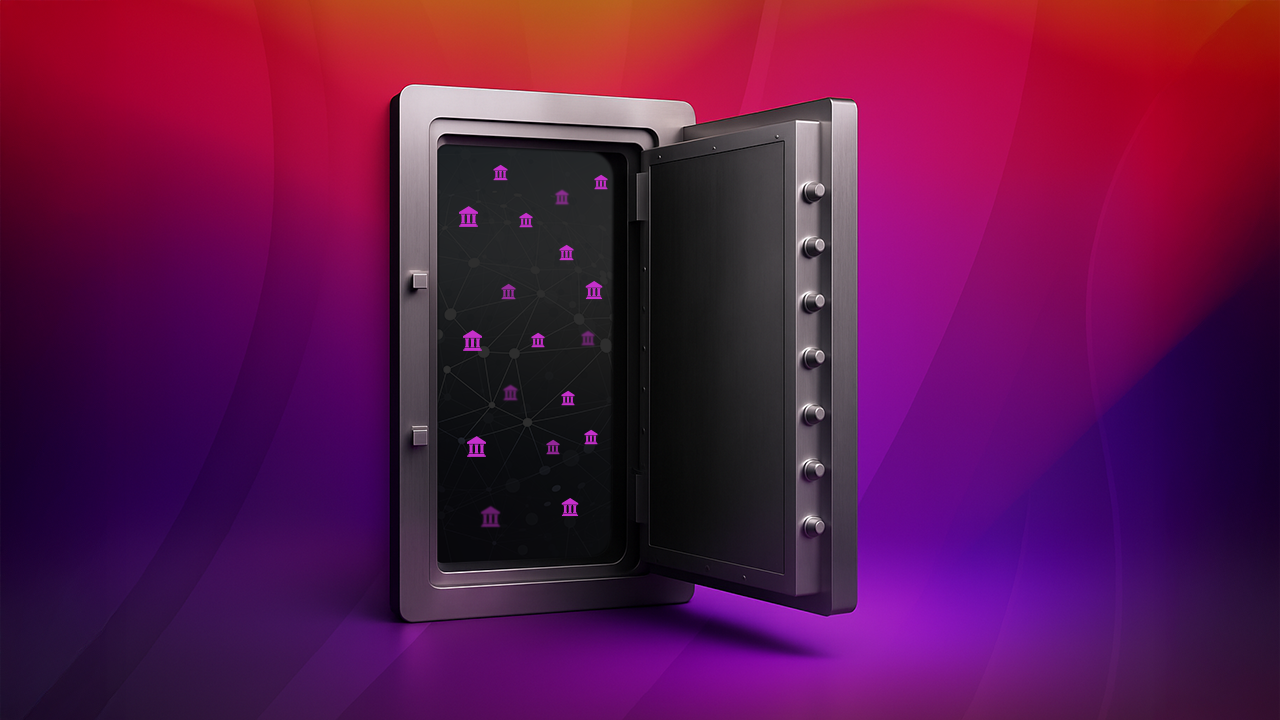.jpg)
The subscription economy is booming, with analysts estimating its value will reach $1.5 trillion by the end of 2025. Fueled by streaming platforms, Software as a Service (SaaS), gaming passes, and subscription commerce models, at the centre of it all is one critical function – the recurring payment.
A recurring payment is more than a useful billing tool. For merchants, it’s the mechanism that underpins predictable revenue and builds stronger customer lifetime value. For consumers, it’s a highly convenient way to keep their services running uninterrupted.
However, recurring payments, once tied almost exclusively to credit and debit cards, are increasingly processed through mobile wallets, bank-to-bank systems, and alternative local methods. Consequently, merchants must consider different design approaches to their payment strategies.
This article is the second in Boku’s four-part series on payments. In Part 1, we examined the rise of QR-code payments and how they influence customer experiences in LATAM and Asia.
What is a recurring payment?
In simple terms, a recurring payment is a transaction that happens automatically at fixed or varying intervals.
Instead of asking customers to re-enter details for every purchase, merchants store payment credentials securely and trigger charges at agreed-upon times.
In recent years, this model has become the backbone of industries such as SaaS and online gaming, enabling businesses to switch from one-off transactions to a subscription payment model and a recurring billing framework.
The result is predictable income streams and reduced operational strain of manual billing.
Recurring payments have traditionally been linked to card networks where customers enter their card details once, and charges are made automatically until the service is cancelled. But this dynamic is changing.
In many high-growth markets, recurring payments are now increasingly supported by mobile wallets and other local payment methods, which offer stronger authentication and higher acceptance rates than cards.
For a deeper dive into how wallets overtake card usage, see Boku’s article: Beyond Cards: The Rise of Mobile Wallets.
What is a recurring payment plan?
A recurring payment plan is the framework that sets out how and when charges are made. It defines the amount, the billing interval, and the payment method used; whether that’s a card, a mobile wallet, or a bank-linked system. Once authorised by the customer, charges occur automatically until the agreement is cancelled.
For merchants, the advantages of recurring billing are as follows:
- Predictable revenue – Regular charges generate steady cash flow, improving forecasting and financial planning.
- Improved retention – Automated payments reduce customer churn, making services less likely to be interrupted or cancelled accidentally.
- Operational efficiency – With less manual invoicing and fewer failed payments, recurring payment systems free up resources for other initiatives.
- Higher customer lifetime value – Subscribers who stay on a plan longer naturally spend more than those making one-off purchases.
For customers, the appeal of an automatic recurring payment is convenience. They can ‘set and forget’, avoiding late fees, keeping essential services unbroken, and reducing the friction of repeated manual checkouts.
Importantly, recurring payment plans must also include clear customer authorisation and opt-out options, ensuring users retain control and trust.
Recurring payment examples
Recurring payments are everywhere in today’s digital economy, and the following examples illustrate how they support growth across industries:
- Streaming and digital services – Platforms such as Netflix, Spotify, and Disney+ rely on recurring payments to keep subscribers constantly connected. Customers enter their details once, and access continues automatically month after month.
- Subscription commerce – Amazon’s Subscribe & Save program is a textbook case. By letting customers automate repeat purchases, from household essentials to pet supplies, Amazon deepens loyalty while merchants benefit from a steady volume of orders.
- Gaming and digital content – Recurring payments power online passes and in-game subscriptions, helping publishers secure predictable revenue and engage players over the long term.
What these examples share is a reliance on smooth, low-friction billing. But while many global services lean on card networks, adoption patterns vary significantly across markets.
Recurring payment vs one-time payment
With one-time payments, a customer initiates a purchase, authorises it, and the transaction ends there. In contrast, recurring payments are agreements to bill automatically at defined intervals.
Both models have value, but the differences for merchants are notable:
- Revenue – One-time payments create volatility, with cash flow dependent on repeat purchases. Recurring payments deliver predictability, allowing businesses to plan ahead with greater confidence.
- Customer lifecycle – A one-time purchase captures value once, while a recurring payment builds long-term loyalty and higher lifetime spend.
- Logistics – Manual checkouts require repeated authorisation. A recurring billing plan automates that process, reducing drop-offs and failed payments.
- Fraud and disputes – Recurring payment systems that rely on mobile wallets or account-to-account transfers introduce stronger authentication, thereby reducing risk.
For many digital businesses, this shift isn’t just about automating payments - it’s about creating a more reliable revenue engine and a closer, longer-term relationship with customers.
Recurring payments: how to get them right
Setting up recurring payments is only the first step. To capture the full benefits, merchants must design systems that reduce fraud risk, minimise recurring charge failures, simplify checkout processes, and reflect how customers actually pay today.
A few practical steps to consider:
- Offer local payment methods – Relying solely on cards increases the likelihood of failed payments and disputes. Local payment methods, such as mobile wallets or account-to-account (A2A) systems, are better aligned with customer expectations in many markets. They also reduce exposure to chargebacks, which remain one of the biggest drains on digital revenue.
*For more on this, see Boku’s guide: How to Prevent Chargebacks.
- Optimize for mobile – Most recurring payments are now authorised and managed on smartphones. A seamless mobile checkout experience with clear prompts and simple authentication reduces churn and accidental cancellations.
- Be transparent – Clear billing descriptors and timely post-purchase confirmations build trust. When customers understand what they are paying for, they’re less likely to raise disputes.
- Embrace A2A systems – Real-time bank-to-bank schemes are emerging as a powerful foundation for recurring payments. Brazil’s Pix is the leading example, handling billions of transactions every year at low cost and high speed.
*Merchants can learn more about this model in Boku’s article: Pix Payment: How Brazil’s Instant Payment System Rewrote the Rules.
What is the best payment processing solution for recurring billing?
Not all recurring payment systems are created equal, which is why merchants commonly ask what the best payment processing solution for recurring billing is.
A strong recurring payment processing solution should deliver:
- Global and local coverage – Customers want to pay with the methods they trust. That means including local payment methods such as mobile wallets and A2A systems.
- Fraud prevention – Built-in tools such as multi-factor authentication and real-time monitoring reduce fraud risk and protect revenue.
- Regulatory compliance – From PSD2 in Europe to local banking regulations worldwide, recurring billing must meet strict legal standards. This includes secure storage of payment data (PCI DSS, GDPR) and adherence to national frameworks across Asia, Africa, and Latin America.
- Simplicity and resilience – A unified recurring payment system or recurring payment processing platform reduces integration costs, speeds up deployment and ensures operational continuity even when specific payment rails encounter issues.
Where Boku stands apart
With a single Boku integration, merchants gain access to more than 200 local payment methods across 70+ countries, covering billions of consumer accounts.
Boku is the first PSP to make Blik recurring available to global merchants, giving access to a payment method trusted by millions in Poland and expanding rapidly. This first-mover advantage highlights Boku’s role in driving innovation and creating recurring payment options beyond traditional card rails.
For merchants, it means less complexity, broader reach, and the ability to offer automatic recurring payments through the payment methods customers already prefer.
Behind the scenes, Boku also handles the technical complexity - tokenization, credential updates, and API integration - so merchants can focus on growth, not payment logistics.
This article is Part 2 of our four-part series on payments. In the next article, we’ll look at embedded payments.
FAQs: Recurring payments explained
What is a recurring payment?
A recurring payment is an automated transaction that takes place at fixed or variable intervals, such as monthly or annually, without requiring manual initiation from the customer.
What is a recurring payment plan?
A recurring payment plan is the agreement that defines the billing interval, payment method, and authorization terms for ongoing automated charges.
How do recurring payments work?
Customers authorise a merchant to store their payment credentials securely. The merchant or payment processor then initiates charges at scheduled intervals until the agreement is cancelled.
What is the difference between recurring and one-time payments?
One-time payments are isolated transactions initiated by the customer. Recurring payments are automated, providing predictable revenue for merchants and uninterrupted service for customers.
What is the best recurring payment system for global merchants?
The best recurring payment system is adapted to local forms of payment such as mobile wallets and account-to-account methods. It also embeds fraud prevention, ensures compliance, and offers global reach through a single integration.
Popular articles
No items found.
Popular articles
No items found.



.png)


.png)








